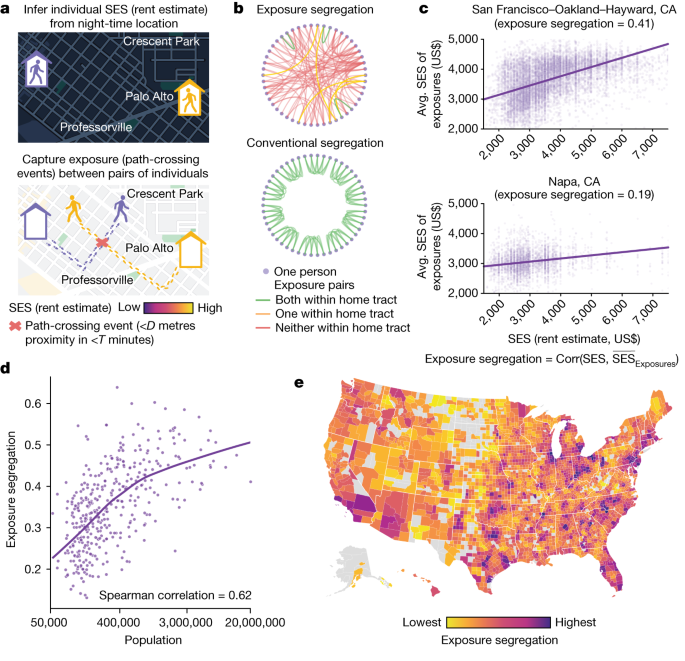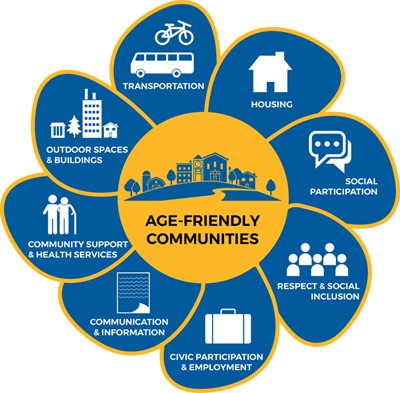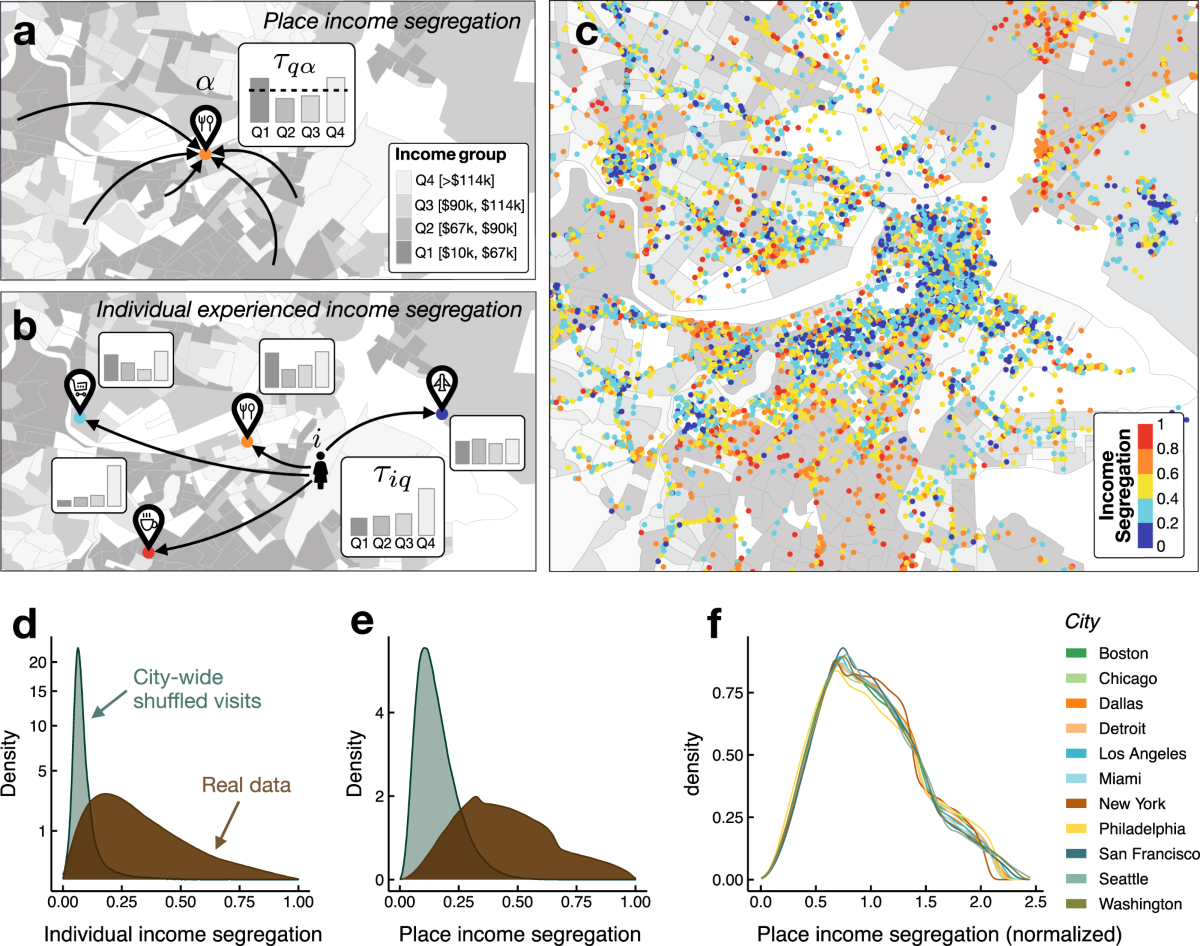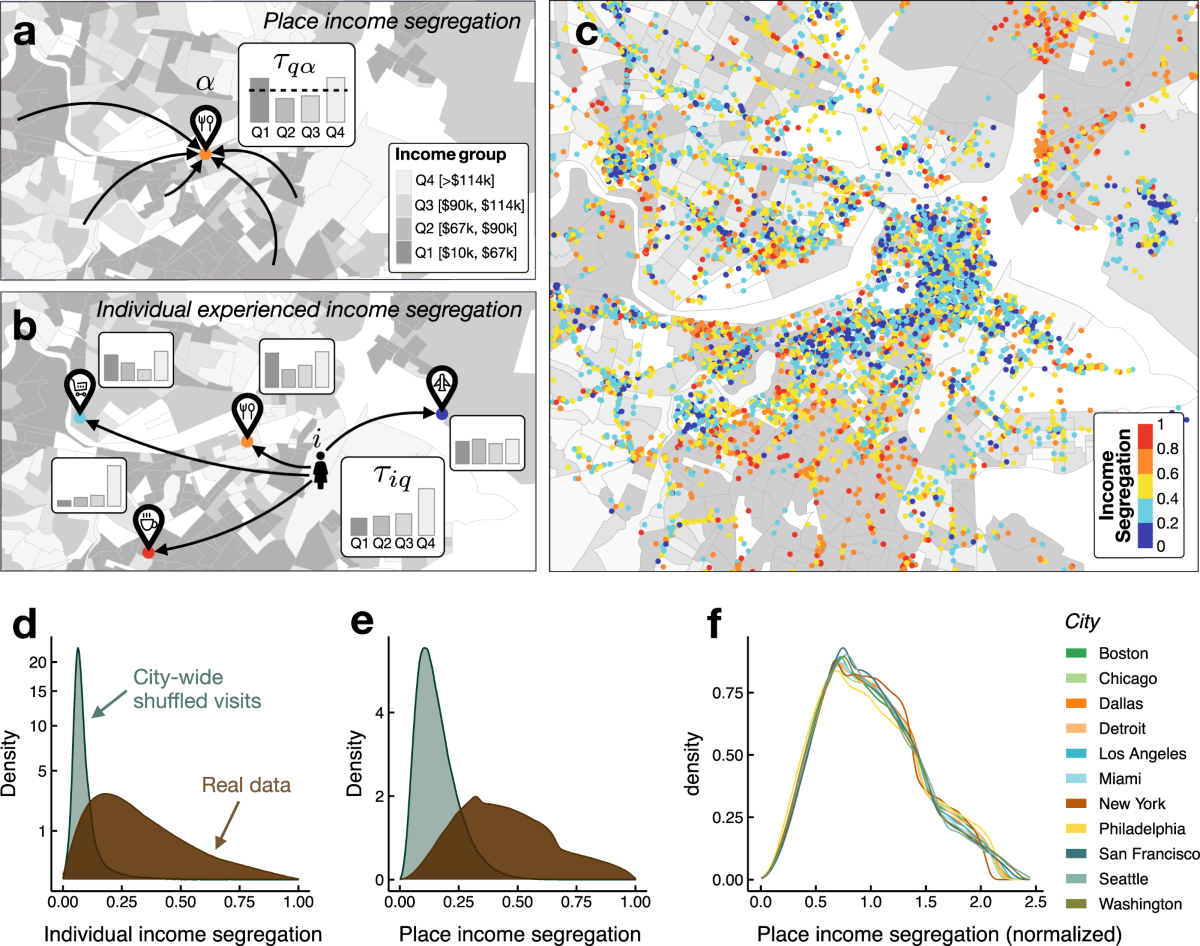Age-segregated communities—those designed specifically for one generation, such as retirement villages or youth-centric housing—may offer convenience and comfort in the short term, but they come with invisible consequences. These hidden costs ripple through society, weakening the bonds between generations and creating a future where understanding and empathy are scarce.
At Remin.site, where we preserve your memories and bridge generations, we believe that connection is the most valuable inheritance. Let’s explore how dividing people by age impacts our shared future—and why a more inclusive, intergenerational approach is urgently needed.
Why Segregating by Age Still Happens
Despite the progress in urban planning and social inclusion, age-based segregation is still prevalent across the world. Senior living centers, youth-only dormitories, and age-targeted housing developments are often marketed as efficient, safe, and even “community-friendly.” But what kind of community are we building when generations no longer interact?
“We don’t stop being part of society because we grow older or younger—we are always part of the human story.” – Anonymous urban sociologist
- Retirement communities isolate older adults from younger generations.
- Youth-only zones or campuses limit the opportunity for mentorship and wisdom-sharing.
- City zoning laws often unintentionally enforce age separation.
This structural division reinforces ageism, a subtle yet damaging prejudice that weakens our social fabric. According to the World Health Organization, age-friendly environments are essential for long-term societal resilience—but we still have a long way to go.
Understanding Age-Segregated Communities
Age-segregated communities refer to physical or social environments where individuals live or interact predominantly with people of their own age group. They are designed for comfort, but they often unintentionally promote division. Examples include:
- Senior-only retirement villages
- Student dormitories or university towns
- Digital platforms catering to age-specific audiences
While these spaces serve logistical needs, they often reduce the opportunity for natural, cross-generational interaction. And when these interactions vanish, so do empathy, understanding, and shared wisdom.
Examples: From Retirement Villages to Youth-Only Spaces
Let’s take a closer look at the landscape. The growing demand for age-specific housing is shaping entire neighborhoods. According to data published in Nature, generational clusters are increasing globally, especially in developed nations.

In some cities, entire districts are built to cater to retirees, while others are dominated by student housing and digital nomad hubs. These developments, though economically strategic, result in a loss of organic, everyday intergenerational exchange.
Visual Example: A Communication Breakdown Across Ages

The visual above illustrates the architectural separation common in age-specific urban areas. It may appear organized, but it represents a deep communication gap, where generations grow apart not just physically, but emotionally and culturally.
The Hidden Social Costs of Age Segregation
The consequences of age-segregated living are subtle, yet profound. When people are removed from the diversity of age, it weakens collective understanding and breeds stereotypes. Let’s unpack the social costs we rarely discuss.
1. Social Isolation and Mental Health in Seniors
Older adults living in retirement-only communities often face increased rates of loneliness, depression, and cognitive decline. A study from Science.org found that social isolation in elderly populations correlates with significantly higher health risks, comparable to smoking or obesity.

Without daily engagement from younger generations, elders lose a vital sense of purpose. Their wisdom goes unshared, and their stories—those rich memories we treasure at Remin.site—risk being forgotten.
2. Generational Misunderstanding and Stereotyping
Younger people, when raised in youth-centric environments, often develop skewed perceptions of older generations. Without meaningful interaction, myths about “boomers” being out of touch or “Gen Z” being lazy dominate public discourse. These caricatures damage empathy and hinder collaboration.
“When you don’t talk to the elderly, you forget that aging is part of your own story.” – Intergenerational researcher, Harvard GSD
At Remin.site, we believe that the legacy of one generation is the foundation for the next. But how can legacies thrive in isolation?
3. Impact on Children and Youth
This isn’t just about the elderly. Children who grow up without grandparents or older mentors miss out on valuable social development. They lose the emotional security that comes from hearing bedtime stories rich with family history or learning how resilience is built across time.

Studies show that cross-generational exposure improves empathy, patience, and communication skills in youth. By depriving them of this, we risk raising generations disconnected from their roots.
Why We Need Intergenerational Communities
What if our cities, neighborhoods, and homes were designed not to separate by age, but to celebrate it? Intergenerational communities can be the antidote to the fragmented society we’ve unconsciously built.
Read more on Stanford Center on Longevity about how intergenerational living models are redefining connectedness and promoting healthier aging, learning, and living—for all.
Want to know how we can start building these communities? Stay tuned for the second half of this article, where we’ll explore solutions, inclusive design strategies, and real-world success stories.
Designing Inclusive Cities for All Ages
Age-inclusive design is more than a trend—it’s a necessity. As our societies grow older and younger simultaneously, cities must evolve to serve every life stage. Creating communities that foster intergenerational interaction means reshaping the way we think about public spaces, housing, and community services.
Multi-Age Housing and Urban Planning Models
Imagine a building where students live on the upper floors, families in the middle, and older adults below—with shared kitchens, libraries, and courtyards fostering daily connection. This is not a dream. It’s happening in places like AARP’s Livable Communities initiatives and co-housing models in Northern Europe.
- Co-living environments where young professionals and retirees exchange skills and companionship
- Retirement villages embedded within city neighborhoods rather than remote areas
- Flexible zoning laws that support multigenerational housing structures
These models break down generational silos. They allow relationships to form naturally, through shared routines—not structured programs alone.
Role of Public Spaces and Events
Beyond buildings, public spaces should invite cross-generational engagement. Parks, libraries, community centers, and markets can be designed with features appealing to all age groups. Consider:
- Benches placed beside playgrounds so grandparents can watch their grandkids
- Community gardens maintained by volunteers of all ages
- Festivals where storytelling, music, and food reflect generational diversity
“When we share the same spaces, we share the same humanity.” – Urban Inclusion Advocate, UN Habitat
For more on age-friendly design, visit the WHO’s Global Age-Friendly Cities Guide.
Barriers to Integration and How to Overcome Them
Creating intergenerational communities isn’t just about physical infrastructure—it requires cultural, economic, and political shifts. Let’s address the roadblocks that keep us from building together.
Policy Gaps and Cultural Norms
Most housing and social policy is still framed by outdated demographic assumptions. Programs for the elderly are separated from youth services. Funding streams rarely intersect. Worse, many cultures still carry ageist attitudes—viewing older people as “a burden” or youth as “inexperienced.”
We need governments and institutions to:
- Fund joint programs that connect schools with retirement centers
- Encourage intergenerational volunteering and mentorship schemes
- Reward housing developers for creating age-inclusive designs
Bridging the Communication Gap
One of the most overlooked challenges is communication. Generations often speak different “languages”—not just in slang or tech use, but in how they relate to values, priorities, and emotions.
Creating dialogue requires intention. At Remin.site, we encourage sharing personal stories across generations. Memory is a tool for connection. When young people hear the love letters, journal entries, and voice messages of their grandparents, they begin to see themselves not just as individuals, but as links in a living legacy.
Bridging this gap also means teaching cross-generational communication skills in schools and communities—listening, patience, and the art of storytelling.
Conclusion: Building Bridges Across Generations
Age-segregated communities may feel like solutions to modern needs, but they come at a cost: lost empathy, reduced connection, and a fragmented society. The future belongs to those who remember the past while embracing change.
At Remin.site, we believe that death is not the end—it’s the beginning of a legacy. And that legacy must be passed, not just preserved. By creating spaces—physical, emotional, and digital—that include all ages, we ensure that no wisdom is lost, no story forgotten, and no generation left behind.
Start preserving and sharing your story today →
FAQs About Age-Segregated Communities
Are age-segregated communities harmful?
While they provide convenience, research shows that prolonged age segregation can lead to increased isolation, stereotypes, and a breakdown in social cohesion. A more balanced, intergenerational model often yields better health, emotional well-being, and community trust.
What are intergenerational communities?
These are communities where people of different ages live, work, and interact regularly. They foster mutual learning, empathy, and shared support through intentional design and programming.
How can I promote intergenerational dialogue in my community?
Start small: host story-sharing circles, create mentorship opportunities, or volunteer with programs that connect youth and seniors. Use platforms like Remin.site to gather and share stories that bridge generations.
What policies support intergenerational living?
Look for zoning reforms that allow multi-age housing, education initiatives that encourage generational collaboration, and government grants for inclusive design. Cities like Portland and Amsterdam offer successful case studies.
Why does Remin.site care about this topic?
Because at Remin.site, your memories matter. We are building a place where every generation can store, share, and connect—ensuring your voice carries forward, not in isolation, but as part of a living, breathing chain of human continuity.
